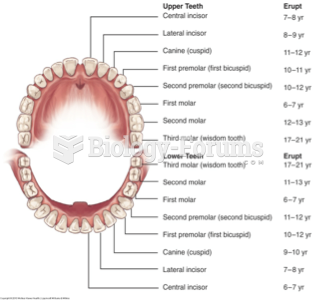Answer to Question 1
True
Answer to Question 2
The principles you need to follow when preparing persuasive messages are:
a) Keep paragraphs short. The spaces between paragraphs show the dividing place between ideas, improve appearance, and provide convenient resting places for the eyes. Hold the first and last paragraph to three or fewer lines; a one-line paragraph (even a very short line) is acceptable. You can even use paragraphs less than one sentence long by putting four or five words on the first line and completing the sentence in a new paragraph. Be careful to include key attention-getting words that either introduce a product, service, or idea or lead to its introduction.
b) Use concrete nouns and active verbs. Concrete nouns and active verbs help readers see the product, service, or idea and its benefits more vividly than do abstract nouns and passive verbs.
c) Use specific language. General words would not mean much unless they are well supported with specifics. Specific language is space consuming (saying that something is great requires fewer words than telling what makes it so); therefore, persuasive messages are usually longer than other messages. Still, persuasive messages need to be concise; they should say what needs to be said without wasting words.
d) Let readers have the spotlight. If readers are made the subject of some of the sentences, if they can visualize themselves with the product in their hands, or if they can get the feel of using it for enjoyment or to solve problems, the chances of creating a desire are increased.
e) Stress a central selling point or appeal. A thorough analysis ordinarily will reveal some feature that is unique or some benefit that is not provided by other viable alternatives-the central selling point. This point of difference can be developed into a theme that is woven throughout the entire message. Or, instead of using a point of difference as a central selling point, a writer could choose to stress a major satisfaction to be gained from using the item or doing as asked. A central selling point (theme) should be introduced early and reinforced throughout the remainder of the message.







